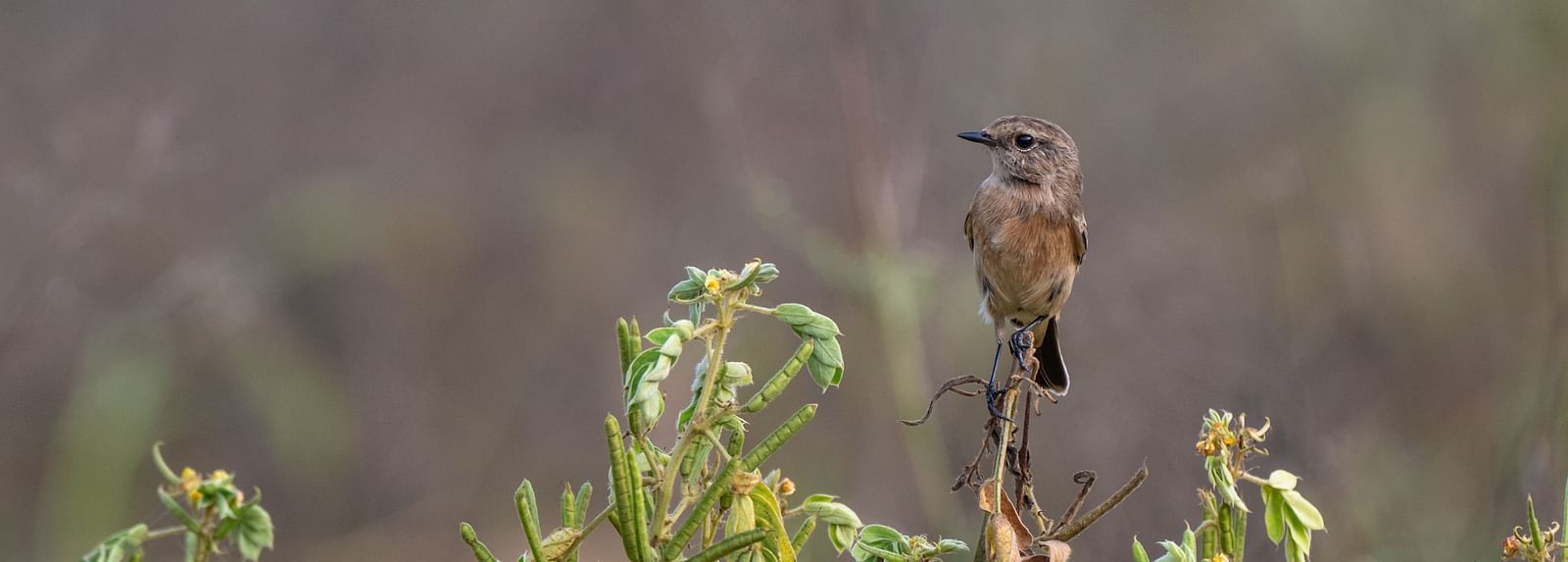Home > Blogs
Discover the joy of togetherness with a family trip to India, where Utsav Camp Sariska brings you closer to nature, culture, and cherished memories.

Home > Blogs
Our blogs are your comprehensive guide to Sariska, keeping you updated on all its wonders. From the rich wildlife species to the vibrant flora and fauna, and the best places to visit, we've got everything covered. Dive into our blogs and stay informed about your upcoming Sariska adventure!
Discover the joy of togetherness with a family trip to India, where Utsav Camp Sariska brings you closer to nature, culture, and cherished memories.
Plan your journey with the best flights from US to India and travel seamlessly to Utsav Camp Sariska for an unforgettable nature and heritage escape.
Embark on an adventure tour to India with Utsav Camp Sariska as your base. Experience jeep safaris, ancient forts, serene lakes, and thrilling outdoor escapes in Rajasthan.
Discover top tourist attractions in India near Utsav Camp Sariska — from tiger safaris and ancient temples to majestic forts and tranquil lakes in Rajasthan’s heartland.
Behind the scenes of Utsav Camp Sariska’s hand-painted Naturalist Map—7 days of artistry capturing the wild spirit of Sariska Tiger Reserve.
Discover Rajasthan’s diverse landscapes and vibrant wildlife. Explore its famous national parks and tiger reserves, from Ranthambore to Sariska, and experience nature at its finest.
Experience sustainable travel in Rajasthan with eco-friendly stays, conservation-driven safaris, and unique adventures that connect you with nature and local communities.
Discover the Golden Triangle Tour in India with a twist—Delhi, Agra, Jaipur, and a wilderness escape at Utsav Camp Sariska. A perfect blend of history, culture, and nature.
Planning your trip to India? Learn about the best time to visit India, from vibrant festivals to wildlife safaris, with Utsav Camp Sariska as your perfect retreat.
The urgent need for tiger protection in India became clear by the early 1970s, as relentless hunting, habitat loss, and poaching had reduced the population to below 1,800.
Discover the ultimate comparison between Sariska and Ranthambore, Rajasthan's most spectacular tiger reserves. Explore which destination suits your wildlife adventure perfectly.
Marking International Tiger Day on July 29, celebrate Sariska’s extraordinary revival—a beacon of hope for tiger conservation day across India.
A thrilling morning in Sariska as glowing eyes in the dark lead to an unforgettable leopard encounter and wild insights.
An intern’s first encounter with the wild at Sariska — from leopard sightings to silent sunsets, a journey into nature, guided by expert naturalists and deep curiosity.
First hyena sighting in Sariska! An unforgettable morning in the wild—tracking, hiding, and finally witnessing this elusive creature in its natural habitat.
Discover the story of ST-2, the Rajmata of Sariska, and witness her legacy thrive among the wild landscapes she helped reclaim.
Sariska tourism offers something for every traveller, from thrilling safaris and ancient ruins to serene lakes and eco-conscious stays.
Experience serenity and the marvel of wildlife at Utsav Camp Sariska. Join us on our exclusive Wilderness Drive, nestled amid Sariska's stunning boulders. Discover the enchanting tales shared by our naturalist, Shubh. He shares a memorable encounter with two leopard cubs, showing the unpredictable and grim side of nature.
Sariska's journey from losing its tiger population to successfully reviving it is a testament to India’s dedication to wildlife conservation.
Visiting Sariska National Park offers an unforgettable experience. It showcases the captivating wildlife in Rajasthan with breathtaking sightings and serene landscapes.
Sariska offers a well-rounded short trip from Gurgaon whether you want a wildlife escape, historical exploration, or a peaceful retreat.
Whether you are a first-time visitor or a seasoned wildlife enthusiast, this guide will help you plan the perfect trip to Sariska National Park.
Join us on Utsav Camp Sariskas’ curated Wilderness walk in Sariska, where a leopard sighting left us in awe. Discover the beauty and unpredictability of nature at Utsav Camp Sariska.
When life gets busy, and you yearn for a quick escape from the hustle and bustle of city life, Tehla in Alwar is one of the perfect weekend getaways in Rajasthan.
Experience serenity and wildlife at Utsav Camp Sariska, with an exclusive Boulder Sundowner amidst stunning boulders.
Unveil the elusive leopards of Sariska. Enjoy thrilling safaris and sustainable luxury at Utsav Camp Sariska.
Perfect your wildlife animal photography in Sariska with expert tips on timing, composition, and gear.
Tehla enriches Sariska’s conservation legacy through eco-tourism and sustainability. Explore the Sariska National Park Safari with Utsav Camp Sariska.
Here are five must-visit places to visit around Sariska that go beyond the typical wildlife safari experience.
Sariska offers an incredible opportunity to witness the majestic Royal Bengal tigers, with other fascinating creatures, in their natural habitat.
A Sariska Safari is an adventure that promises excitement, serenity, and a chance to witness the wonders of nature up close.
Sariska is perfect for quick getaways from Delhi, offering the right mix of adventure, wildlife, and tranquillity with a stay at Utsav Camp Sariska.
Discover the diverse vulture species inhabiting Sariska, their ecological roles, and the environmental effects they bring.
The deciduous jungle of Sariska is home to a variety of trees and plants, each with significant medicinal and commercial value. Discover more about these remarkable species in this detailed guide.
Learn about the mythological significance of Sariska, including its temples, forts, and more, in this insightful blog.
Uncover Sariska Tiger Reserve in Alwar, Rajasthan! Delve into its history, park timings, and more in this detailed blog.
Explore the Avifauna of Utsav Camp Sariska, with diverse bird species around the camp and nearby wetlands, offering a birdwatcher's paradise and serene natural beauty.
Delve into the migratory birds of Sariska and discover their seasonal migration patterns in this insightful blog.
Explore the enchanting world of Tehla's boulders, and its diverse flora and fauna, beautifully depicted in this detailed blog.
Camera traps are used to record notable animal behaviour changes over a decade. Learn how we use them at Utsav Camp Sariska to monitor the wildlife surrounding us.